Blue Lagoon dive site is the most famous in Padang Bai. It is a perfect place for an easy fun dive, dive course or a night dive, macro photography and snorkeling in Bali. It is a sandy bay with a lot of blocks of coral and fields of soft corals. During night diving it is often possible to see the famous spanish dancer! The best conditions are in the morning when the visibility is usually better. The dive is about 5 minutes boat ride from Padangbai beach.
You can dive Blue Lagoon all year long. Access: from the Shore. See the map of Blue Lagoon on the right for the exact location.
Fishes you may spot while diving Blue Lagoon
-
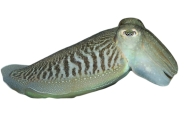 Cuttlefish
Cuttlefish
-
 Frogfish
Frogfish
-
 Lion Fish
Lion Fish
-
 Moray Eel
Moray Eel
-
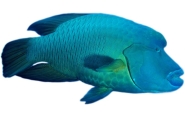 Napoleon Wrasse
Napoleon Wrasse
-
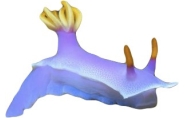 Nudibranch
Nudibranch
-
 Octopus
Octopus
-
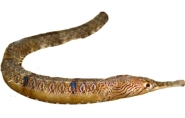 Pipefish
Pipefish
-
 Stonefish
Stonefish
-
 Sweet Lip
Sweet Lip
-
 Turtle
Turtle
-
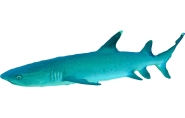 Whitetip Shark
Whitetip Shark
... and more fishes & sea life, Crab, Giant Flathead, Leaf Scorpion Fish, Leaf Scorpionfish, Shrimp, Stingray

Photos
-
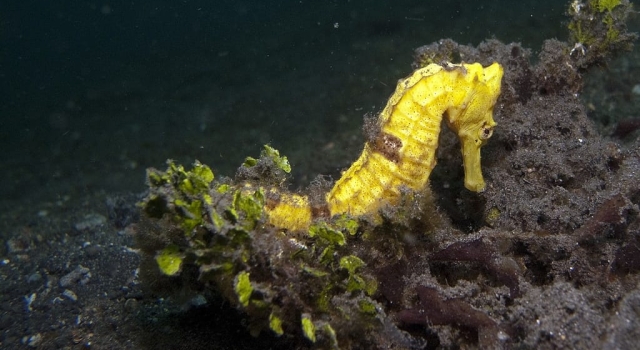 Yellow Seahorse in Lembeh StraitPhoto by Agnes Tjandranegara
Yellow Seahorse in Lembeh StraitPhoto by Agnes Tjandranegara -
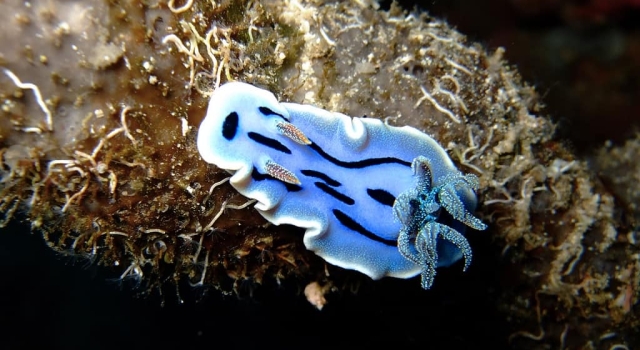 Blue Nudibranch in Lembeh StraitPhoto by Rich Guest
Blue Nudibranch in Lembeh StraitPhoto by Rich Guest -
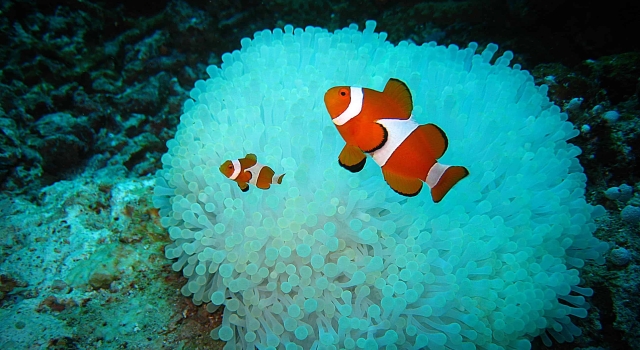 Clown fishes waiting in front of their blue anemone housePhoto by Jihye Lee
Clown fishes waiting in front of their blue anemone housePhoto by Jihye Lee -
 Blacktip Shark patrolling the crystal clear water... EPIC photo!Photo by Yann Hubert
Blacktip Shark patrolling the crystal clear water... EPIC photo!Photo by Yann Hubert -
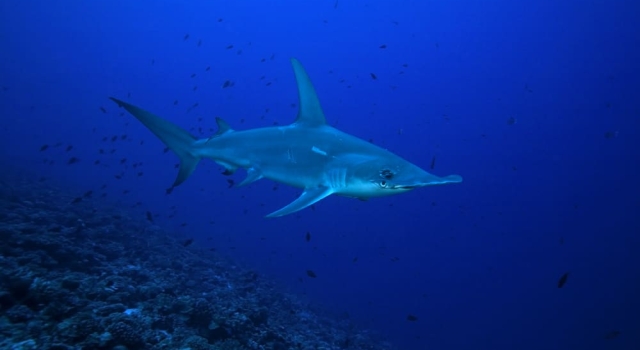 Huge Hammerhead Shark patrolling the reef in French PolynesiaPhoto by Yann Hubert
Huge Hammerhead Shark patrolling the reef in French PolynesiaPhoto by Yann Hubert -
 Beautiful & Colorful Mandarin FishPhoto by Rich Guest
Beautiful & Colorful Mandarin FishPhoto by Rich Guest -
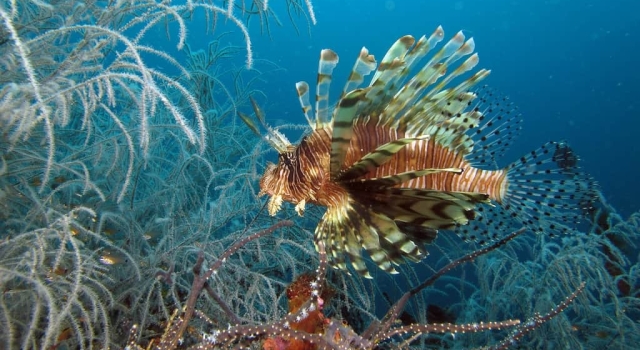 Lion Fish swimming in crystal clear waterPhoto by Agnes Tjandranegara
Lion Fish swimming in crystal clear waterPhoto by Agnes Tjandranegara -
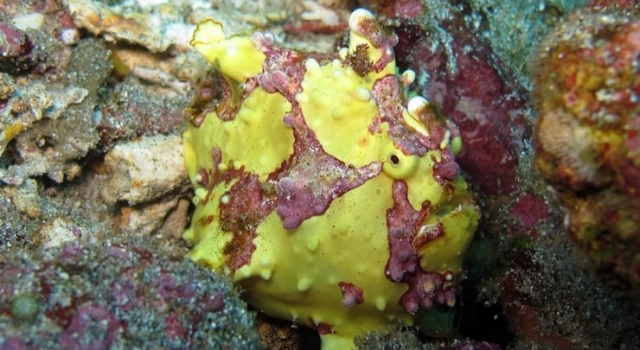 FrogfishPhoto by Jihye Lee
FrogfishPhoto by Jihye Lee -
 Surreal LifePhoto by Jihye Lee
Surreal LifePhoto by Jihye Lee -
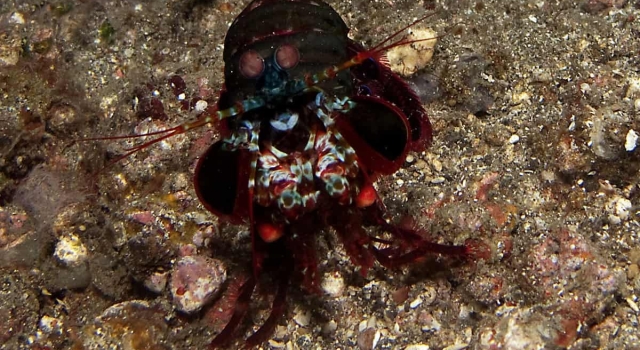 Mantis ShrimpPhoto by Jihye Lee
Mantis ShrimpPhoto by Jihye Lee
Diving Reviews for this region
Padang Bai
Night Diving, Underwater Macro Photography, Resident Whitetip Reef Sharks, Huge green Turtles, and crystal clear water! Also a great Snorkelling spot!
 Destinations
Destinations


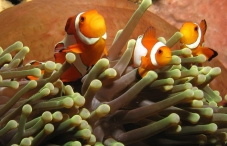
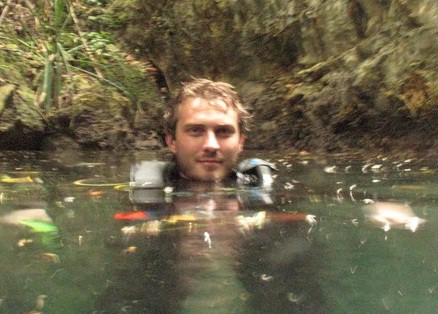




Blue Lagoon is the most famous dive site in Padang Bai and also the dive site that dive centres from other areas around Bali choose to dive most often as it makes for an easy, relaxed dive. This is also one of the dive sites that local dive centres use for introduction dives or open water diver courses since parts of it have sandy areas which are great for divers who do not master buoyancy yet.
That being said, there are very nice corals in the shallows inside the bay. More than 5 different species of anemone/clownfishes can be spotted here in a very small area.
The Southern end outside the bay is the other great place for corals. Some stunning stag horn corals can be found there complete with dozens of oriental sweetlips hovering on top of the reef.
The Northen end outside the bay is a wall dive. Look inside nooks and crannies for macro critters, like ornate and robust pipefish, juvenile batfish, nudibranches, etc. This area can have more current than the rest of the dive site.
Not much coral is to be found deeper than 15m although a few bommies offer great photography opportunities with critters, such as clown and warted frogfish, purple and white leaf scorpionfish, multi-coloured nudibranches, bent pipefish and juvenile emperor angelfish. Blue-spotted stingrays also enjoy this area.
Lastly, this is a nice place for snorkeling although one should beware of the current outside the bay and not venture too far off. Also remember that free diving should never be practiced alone and that you should always have a floatation device in order to indicate your position to boats.
By Cedric Saveuse
For
Geko Dive
Night dives here are also great. Rare night dwellers can be seen on all dives. Large snails, cephalopods, Spanish dancers and crustaceans are often spotted while flutemouths take great pleasure in hunting in the divers’ rays of light. Night dives here are a must for any diver and even more for photographers.
By Cedric Saveuse
For
Geko Dive